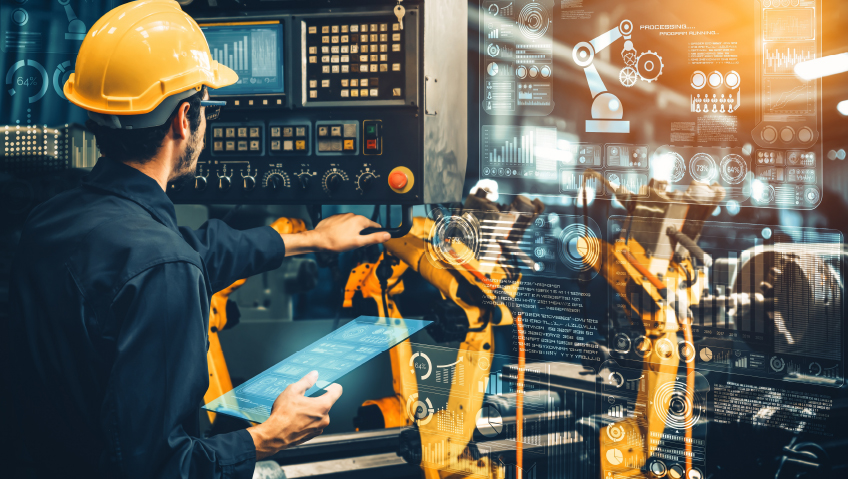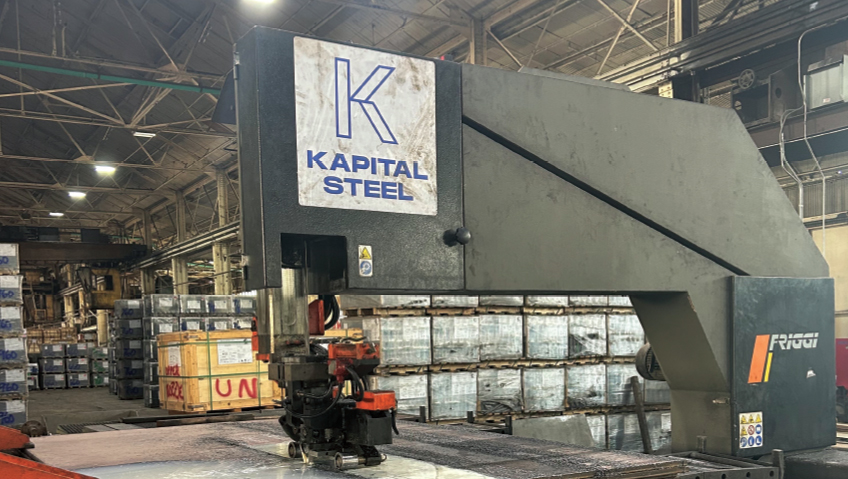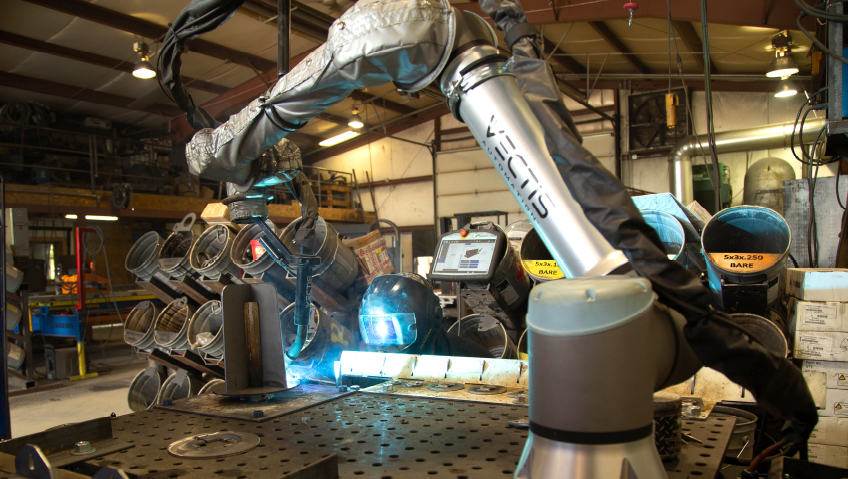In an era where efficiency reigns supreme and waste is the ultimate adversary, the principles of Lean manufacturing remain as relevant today as they were when Toyota revolutionized the production floor in the mid-20th century. But this isn’t your grandfather’s Lean. With the advent of advanced technologies, particularly artificial intelligence (AI), the foundational ideas behind Lean are being supercharged in ways that could only be dreamed of decades ago.
So, what does Lean look like in 2025? And how are manufacturers using cutting-edge tools to reduce waste, improve productivity, and respond with greater agility to market demands?
Lean manufacturing is grounded in five foundational principles first introduced by James P. Womack and Daniel T. Jones in their influential 1996 book, Lean Thinking. The first principle is value, which emphasizes defining what is truly important from the customer’s perspective. Next comes the value stream, which involves identifying every step in the process and eliminating any that fail to add value. The third principle, flow, focuses on ensuring that value-creating steps proceed in a seamless, uninterrupted sequence to minimize delays. The fourth, pull, is about producing only what is needed, when it is needed, a concept that helps avoid overproduction and excess inventory. Finally, the principle of perfection calls for a continuous effort to eliminate waste and refine processes in the pursuit of operational excellence.
These principles are timeless. But what has changed dramatically is how they are implemented. Enter AI, IoT, machine learning, and big data analytics.
Even before we introduce AI into the equation, Lean practices bring a wide range of benefits to the modern manufacturing floor. For starters, they help companies significantly reduce costs by cutting down on waste and inefficiencies. Lean’s emphasis on standardization and continuous improvement leads to better product quality, which, in turn, enhances a brand’s reputation and reduces costs associated with defects and recalls.
Manufacturers also enjoy faster turnaround times thanks to streamlined workflows and shorter lead times, both essential in an era where speed to market is often a competitive differentiator. These improvements naturally contribute to higher customer satisfaction, as companies become better equipped to meet changing demands with greater accuracy and responsiveness.
Artificial intelligence is transforming Lean manufacturing by unlocking smarter decision-making and providing predictive insights that were once out of reach. Instead of relying solely on human analysis to interpret processes and identify inefficiencies, AI leverages machine learning algorithms to scan vast datasets and uncover waste with remarkable precision—whether it’s excess energy use, inventory imbalances, or production slowdowns. Predictive analytics also help manufacturers anticipate market trends and customer demand, allowing for more accurate inventory management and a more responsive pull-based production system.
In addition, AI-powered monitoring systems are making predictive maintenance a reality by spotting early signs of equipment failure before breakdowns occur, minimizing costly downtime and extending the lifespan of machinery.
Despite its many advantages, implementing Lean is not without its hurdles. One of the most common issues is cultural resistance. Leadership teams and employees alike may be hesitant to embrace Lean thinking, particularly when it necessitates overhauling long-established workflows or shifting away from traditional performance metrics.
Another challenge is managing the sheer volume of data now available. While modern sensors and systems collect information at an unprecedented scale, turning that raw data into actionable insights remains a major obstacle—especially for companies lacking the necessary tech infrastructure.
Then there’s the initial investment to consider. Though Lean methodologies ultimately drive cost savings, getting started often requires significant upfront spending on AI, automation technologies, and workforce retraining.
In addition to AI, a suite of complementary innovations is helping manufacturers apply Lean principles more effectively and efficiently.
Industrial Internet of Things (IIoT) technology is playing a critical role by capturing real-time data from connected machinery and systems across the shop floor. These devices enhance visibility, improve flow, strengthen quality control, and increase responsiveness. They are essential tools for enabling just-in-time production and swiftly addressing delays or bottlenecks.
Digital twins—virtual replicas of physical systems—give manufacturers the power to simulate, test, and optimize production processes without disrupting actual operations. By modeling changes in a risk-free digital environment, teams can explore new ideas and drive continuous improvement, making the Lean pursuit of perfection more achievable than ever.
Robotic Process Automation (RPA) is also contributing by taking over repetitive, rules-based tasks. This reduces the chance of human error and frees up staff for more value-adding responsibilities. RPA supports Lean’s flow principle while also boosting employee engagement—both key elements in sustaining a successful Lean culture.
Meanwhile, cloud-based Enterprise Resource Planning (ERP) systems are helping to streamline coordination across departments. Real-time access to operational data supports informed decision-making and enhances supply chain agility, which is especially important in Lean environments that depend on precise timing and low inventory levels.
For all the transformative potential of AI and automation, people remain central to Lean’s success. Empowered employees are often the first to spot inefficiencies and suggest better ways of doing things. Lean encourages this kind of bottom-up engagement by valuing frontline experience and fostering a culture of continuous improvement.
Training programs that promote problem-solving skills and a growth mindset are critical. When combined with intuitive technology that makes insights more accessible, this creates a powerful synergy between human intuition and digital intelligence. As Womack and Jones emphasized, Lean isn’t just about tools or tactics—it’s a holistic philosophy. And that philosophy relies heavily on human creativity, collaboration, and commitment.
Looking ahead, the integration of Lean thinking with emerging technologies is expected to yield even more responsive, intelligent, and customer-centric manufacturing environments. One major development on the horizon is hyper-personalized production, driven by AI-powered customization tools that enable manufacturers to tailor products more precisely to individual consumer preferences without compromising efficiency or speed.
Sustainability is also becoming a critical component of Lean strategy. Increasingly, manufacturers are aligning with circular economy principles that focus not only on reducing waste but also on reusing materials and designing for long-term value. This approach is reshaping Lean to address modern concerns around environmental responsibility and resource conservation.
Meanwhile, augmented reality (AR) tools are beginning to redefine workforce training and process adherence on the factory floor. AR systems provide workers with real-time, visual guidance that can accelerate learning, reduce errors, and support more agile responses to shifting production needs. By enhancing the implementation of standardized procedures and enabling dynamic collaboration, AR is strengthening the human-tech partnership at the heart of Lean’s future.
The trajectory is clear: manufacturers that combine the time-tested principles of Lean with cutting-edge innovation will not only remain competitive but lead the charge in shaping the next era of industrial excellence.




